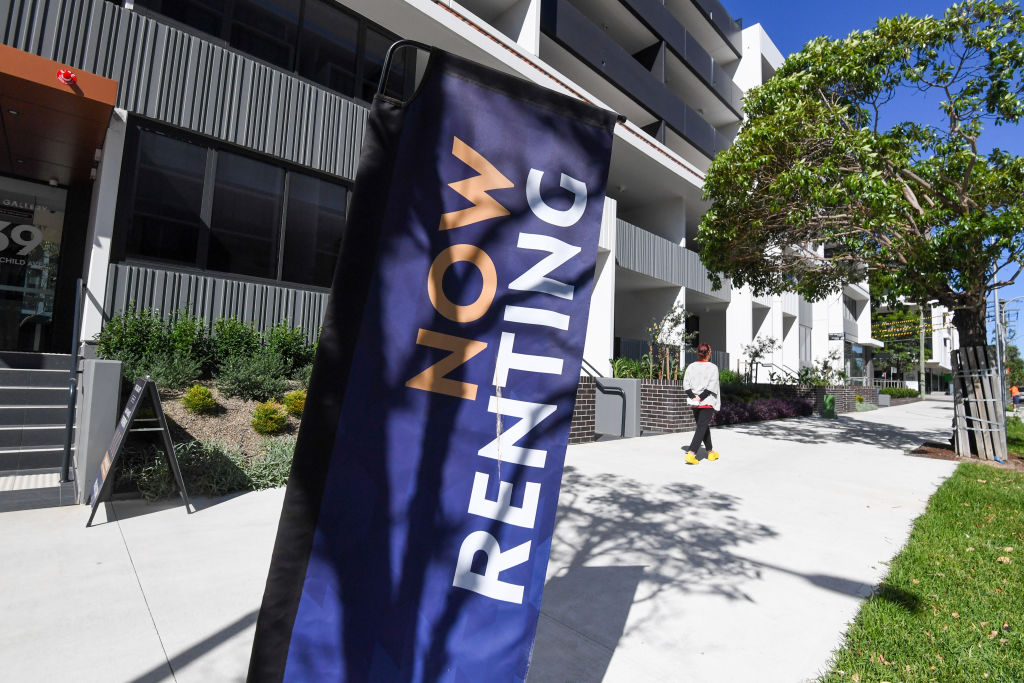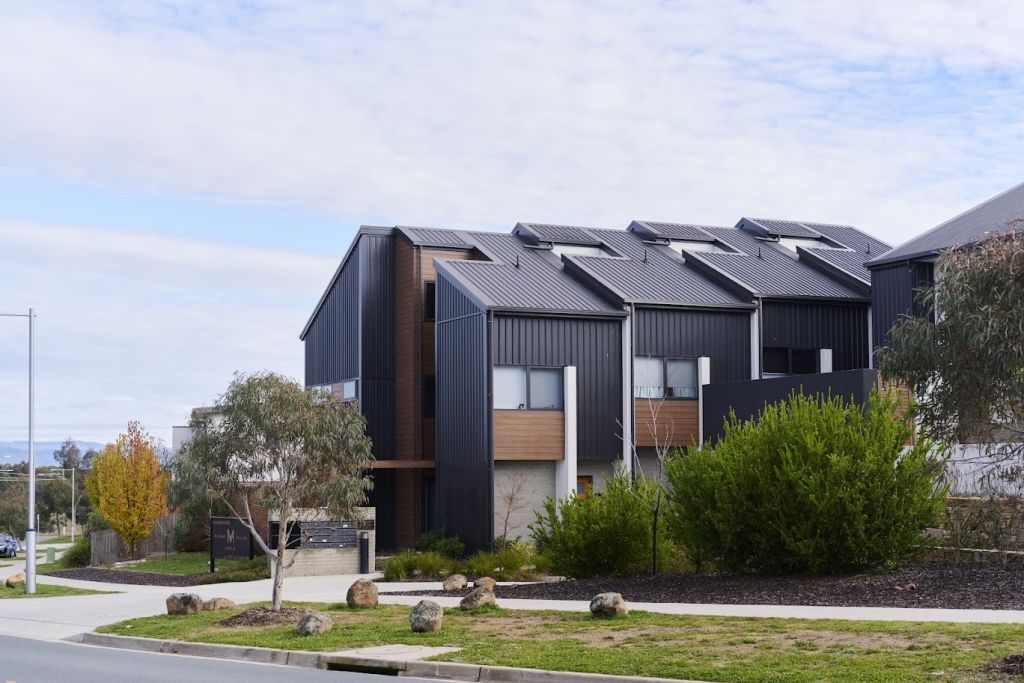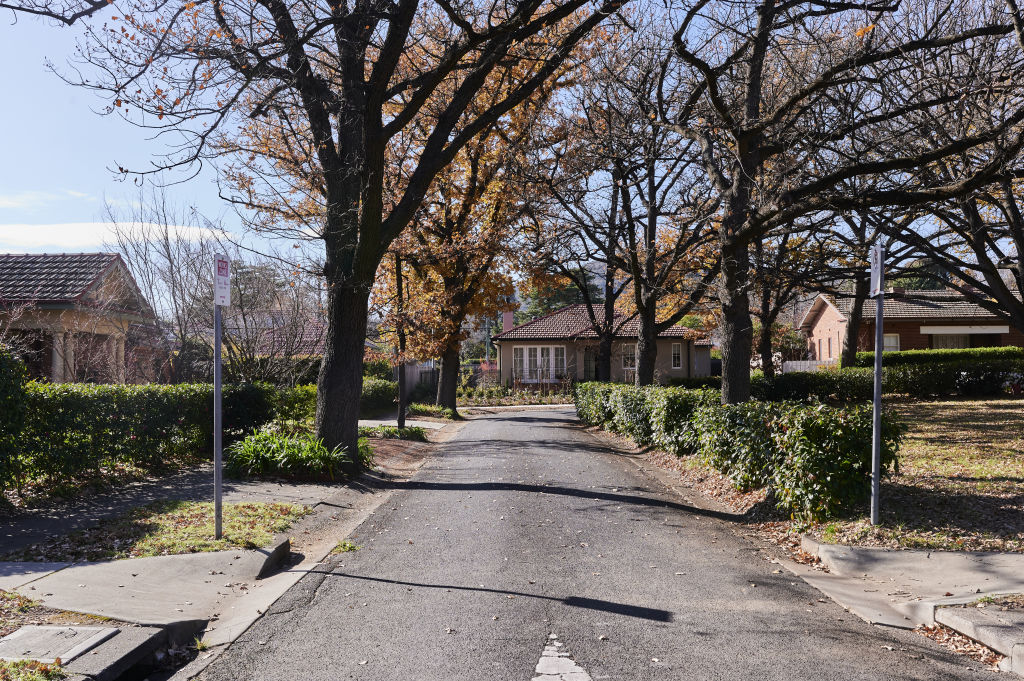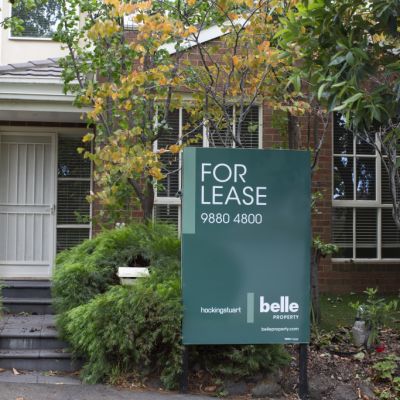The Canberra suburbs where rent prices increased in a year

A number of Canberra suburbs may have provided an affordable haven for tenants in the past, but a recent spike in asking rents has caused quite a stir, figures have shown.
The Domain Rent Report for the March quarter revealed the median asking rent for a house in Holt increased by 15.6 per cent over the year to $520 a week, while the median asking rent for a house in Pearce increased by 15.4 per cent over the year to $750 a week – the strongest rent price growth across all Canberra suburbs.
Units in O’Connor recorded the third strongest rent price growth, up 15.2 per cent to $550 a year, followed by units in Mawson, up 14.9 per cent over the same period to $500 a year; and units in Narrabundah, up 14.3 per cent to $600 a week.
However, despite these big-ticket price hikes, Canberra’s overall median asking rent for a house actually remained stable over the year at $690 a week.
| The Canberra suburbs with the strongest rent price growth | ||||
| Suburb | Region | Property | Median Weekly Asking Rent | Annual change, median weekly asking rent |
| Holt | Belconnen | Units | $520 | 15.6% |
| Pearce | Woden Valley | House | $750 | 15.4% |
| O’Connor | Canberra Central | Units | $550 | 15.2% |
| Mawson | Woden Valley | Units | $500 | 14.9% |
| Narrabundah | Canberra Central | Units | $600 | 14.3% |
| Amaroo | Gungahlin | Units | $520 | 13.0% |
| Mawson | Woden Valley | House | $700 | 12.9% |
| Holt | Belconnen | House | $620 | 12.7% |
| Isabella Plains | Tuggeranong | House | $630 | 12.5% |
| Bruce | Belconnen | House | $730 | 12.3% |
That stability has been further reinforced by the capital’s vacancy rate, which reached 1.7 per cent in April, according to the latest Domain Vacancy Report.
The ongoing increase in vacancies is good news for prospective tenants as more supply can flag potential downward pressure on prices.
Property manager Grace Hooper of Someday Property says the market has definitely quietened, led by an unusual start to the year.
“There’s usually a big influx of people transferring or relocating to Canberra at the beginning of the year,” she says.
“That just didn’t happen this year and that has been followed by an increase in listing days on the market and in the number of applications received.”
Hooper says properties can now be on the market for two weeks or more – up from as little as two days in previous years.
“And there are generally fewer groups at inspections with fewer applications,” she adds. “There’s still plenty of demand, but more supply and, therefore, more choice for renters.”

As the rental market continues to shift, Hooper says the key factor in the market’s performance is “the lack of affordable rentals”.
Canberra tenant Steph Lentern considers herself fortunate to have recently secured a neat, one-bedroom, courtyard townhouse in Page. She came to the capital from Tasmania as a university student and has now been renting for five years.
“I was in my last rental in Belconnen for two years, but was keen to find a place to live by myself,” she says. “I began early research on what was available and focused on what I could afford.”
Lentern says she spent about four weeks inspecting 15 to 20 properties and encountered wild fluctuations in competition from fellow renters.
“On some inspections, it could be really packed, but on others, there might only be one or two groups beyond me,” she says. “The main challenge wasn’t availability – it was affordability.”
While Lentern applied for several properties, the Page option was the first to respond and she couldn’t be happier.

“I have my own space. I can work from home and I have a courtyard. It feels like a home,” she says.
A number of factors are at play within the diametrically opposed stories of overall stability and high rents.
Steve Lowe of Agent Team Canberra says a significant increase in rents might, in part, be attributed to an increase in new properties coming to market as opposed to lease renewals, as rent increases in the ACT are constrained to a maximum of 10 per cent above CPI.
“A landlord can set the rent at whatever the market will bear if they are bringing a new property to market, and, of course, there are many brand-new units becoming available for the first time,” he says.
“Property owners are trying to maximise their returns as they are sustaining almost monthly interest rate hits along with other input costs like land tax, body corporate fees, rates, maintenance and more.”
Lowe says residential rental yields are becoming increasingly less sustainable and that may lead investors to consider quitting the market.
“If that extra supply is then taken up by owner-occupiers, then a reduced rental pool could put new upward pressure on future asking rents,” he says.
We recommend
We thought you might like
States
Capital Cities
Capital Cities - Rentals
Popular Areas
Allhomes
More









